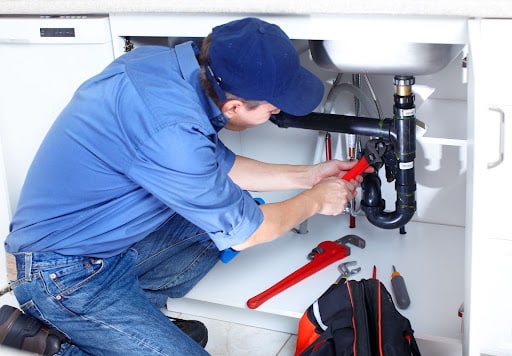As a plumbing contractor, bidding on jobs is a necessary part of growing your business. However, the process of bidding on plumbing jobs can be complex, and it’s essential to understand how to bid accurately to ensure that you’re pricing your services competitively and making a profit. In this article, we’ll provide comprehensive info, check out this guide to plumbing job bids to help you navigate the process successfully.
Step 1: Assess the Job
The first step in bidding on a plumbing job is to assess the job site and determine the scope of work. Meet with the client to discuss their needs and requirements for the job. Walk through the job site and take note of any potential challenges or obstacles that may impact the job’s cost and timeline.
Step 2: Calculate Material and Labor Costs
Once you have a clear understanding of the job’s scope, it’s time to calculate the material and labor costs. Determine the cost of all materials needed for the job and estimate the time and labor required to complete the work.
Step 3: Determine Overhead Costs
In addition to material and labor costs, it’s essential to factor in overhead costs. Overhead costs can include expenses like equipment, insurance, permits, and office expenses. Determine the total cost of overhead and add it to your material and labor costs.
Step 4: Set Your Profit Margin
After calculating your total costs, you’ll need to set your profit margin. Your profit margin should be based on your business’s financial goals and industry standards. Typically, plumbing contractors aim for a profit margin of 10-20% on each job.
Step 5: Submit Your Bid
Once you have all of the necessary information, it’s time to submit your bid. Create a detailed bid that includes a breakdown of all costs, including materials, labor, overhead, and profit margin. Be sure to include a timeline for completion and any other relevant details.
Step 6: Follow Up with the Client
After submitting your bid, follow up with the client to answer any questions they may have and to discuss the details of the job further. Be prepared to negotiate the bid if necessary.
Conclusion
Bidding on plumbing jobs can be a complicated process, but by following these steps, you can ensure that you’re accurately pricing your services and making a profit. Assess the job, calculate material and labor costs, determine overhead costs, set your profit margin, submit your bid, and follow up with the client. By doing so, you’ll increase your chances of winning the bid and growing your plumbing business. Use this guide as a resource to help you navigate the bidding process successfully.

